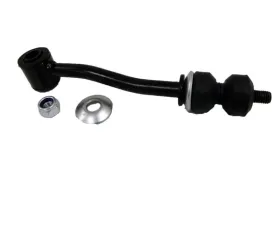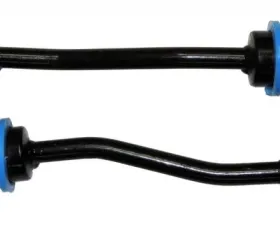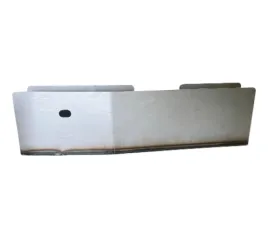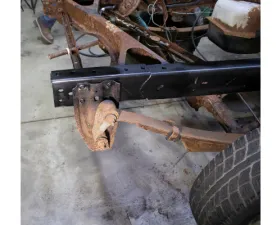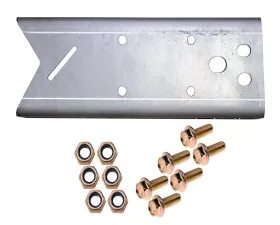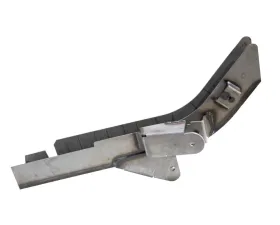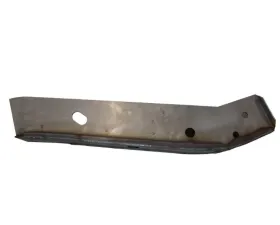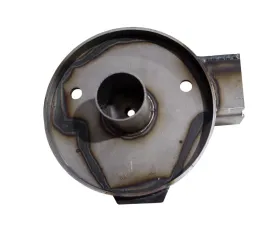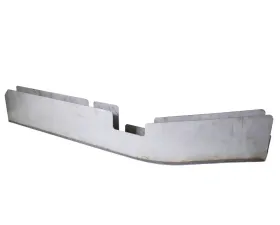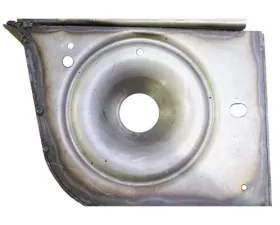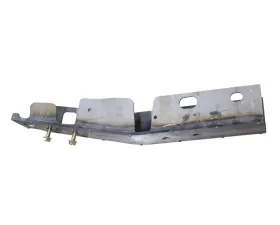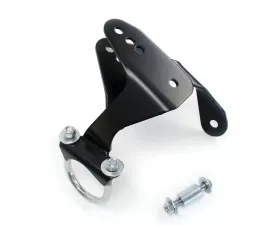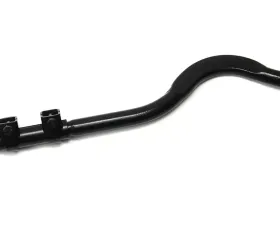Under Bracing
Under Bracing for Enhanced Vehicle Performance - Vivid Racing offers a wide selection of high-quality under bracing components designed to improve chassis rigidity and handling. Explore our extensive range of parts to elevate your driving experience and maximize your vehicle's potential.
ARB 4x4 Left and Right SP Chassis Rec H Lift Bracket Ford Bronco 2021-2025
ARB 4x4 Left and Right SP Wing under Panel Toyota Tacoma 2012+
Crown Automotive Jeep Replacement Sway Bar Link, Left or Right Front 8.25" Long Jeep Front
RT Offroad Sway Bar Link Kit, Left & Right Front, w/ Polyurethane Bushings and Boots Jeep Front
Rust Buster Frame Repair Front Frame Section Right FrameworksFord F-150 2004-2008
Rust Buster Frame Repair Long Bed Rear Frame Section Right FrameworksChevrolet C/K|1500|2500 1988-1998
Rust Buster Frame Repair Right Rear Frame Section Chevrolet K1500 1988-1998
Rust Buster Rear Frame Control Arm Section Right Side Jeep Wrangler TJ Unlimited 2003-2006
Rust Buster Rear Frame Section Right Jeep TJ Wrangler 1997-2006
Rust Buster Rear Upper Coil Spring Bucket Right Side Jeep Wrangler TJ 1997-2006
Rust Buster Right Center Frame Section Ford F-150 2004-2008
Rust Buster Right Rear Coil Spring Bucket Jeep Wrangler 2007-2018
Rust Buster Right Rear Frame Section Jeep Wrangler 2007-2018
TeraFlex 3 Inch-6 Inch Rear Track Bar Axle Bracket Kit Right Hand Drive Jeep Wrangler JK 2007-2018
TeraFlex Right Hand Drive Front Forged Adjustable Track Bar Kit Jeep Wrangler JK 2007-2018

What is Chassis Bracing and Why is it Important?
Take two vehicles with the same drivetrain, brakes, suspension and aero. Set the two vehicles to have the same exact final weight and weight balance. If the only difference is the rigidity of the chassis, do you think it's going to make a difference on the race track or the street? Ask any experienced race car manufacturer or even OEM vehicle designer, and the answer will be a definitive "yes." All other factors being equal, the higher the rigidity of the chassis, the faster the car will be around the racetrack. If there is not enough reason to consider improving the rigidity of your project car chassis, consider that vehicle control will also benefit as well as the overall safety of the vehicle.
Consider the MacPherson strut suspension setup: here we have a single control arm with a damper running from the strut to the body. During cornering, a rotating force is applied to the control arm, which is transferred up the strut to its mounting point, effectively pulling down the body of the car. This is known as chassis flex.
It's nothing your car can't handle, but it's seen as unwelcome, making the car less responsive to your inputs than a sharper driver would have liked. By joining the suspension struts at the top mounts with a nice, solid bar, the force is evenly distributed across the two towers, counteracting the flex. After fitting, the car should turn in that little bit sharper, as there will be no delay in the car to react due to the flex.
Why Chassis Stiffness is Important
The chassis is your car’s foundation and every suspension component is attached to it. If your chassis is flexible, your braking and steering ability will not be as responsive. On top of that, total grip is limited with a weak chassis. If you want to maximize your vehicle’s potential, improving chassis stiffness is a must.
When the suspension responds to roughness in the road’s surface like holes, railway tracks, speed bumps, etc. the shock can be transmitted towards the chassis through flex. Preferably, these bumpers should be absorbed by your car’s wheels, shocks, springs, and bushings. However, a portion of the force can be relayed to the chassis. The effect is a wobbling or shuddering car body during a chassis flex.
When you’re driving hard on a canyon road or track, the chassis flex effect can lead to poor handling characteristics which can’t be tuned out with suspension. You may also find your car incapable of driving smoothly in long, wide corners and you will have to correct its position to stay on the correct driving line. In severe instances, the chassis flex can be serious enough to affect your vehicle’s wheel-alignment while under load, dramatically degrading its cornering ability.
This is why it’s very important to stiffen your car’s chassis if you want to maximize its potential. To put it simply, a stiff chassis offers a strong foundation for the suspension to work with. This is turn allows the coils and dampers to function correctly, which results to improved handling and ride quality. This applies to the front and rear of your vehicle.
When Do You Need to Install Chassis Bracing?
Once convinced that increased chassis stiffness is desirable, the next logical step is to explore how to make the chassis more rigid. All today's performance vehicles are built on a unibody design, as opposed to a body-over-frame design that has been used almost exclusively in the 1950s and 1960s. With the unibody, the body or shell of the vehicle functions as the frame and structure of the vehicle. The design of the roof, floor, pillars and accompanying chassis all affect the rigidity of the chassis of the vehicle.
The geometric reality of increased rigidity is usually found in the form of a triangle. The triangle is the simplest, lightest and most rigid frame structure. Examples of triangles make up rigid structures in both nature and construction. Whether the component is a roll bar or a simple strut tower brace, the use of triangle geometry ensures that peak stiffness increases with minimal weight.
Also, it is best to install chassis bracing after you have installed aftermarket suspension and sticky tires. The increase load of sticky tires and the higher spring rates of aftermarket suspension results in significantly more chassis flex compared to a completely stock vehicle. Different types of chassis bracing include strut bars, fender braces, subframe connectors, roll cages, and many more.
Buy online or give one of our world-class professionals a call at 1-480-966-3040.

.jpeg?q=90&p=thumb&w=200&h=200)
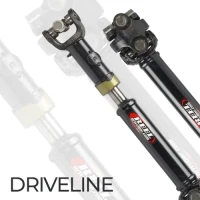
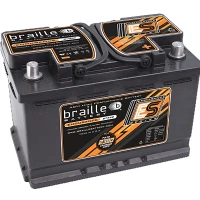





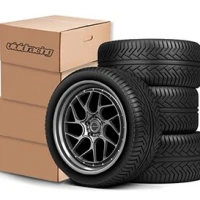

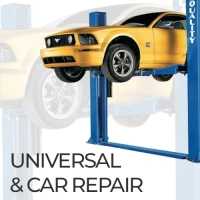
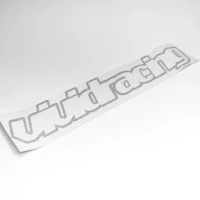
.jpeg?q=90&p=thumb&w=40&h=40) Brakes
Brakes  Driveline
Driveline  Electronics
Electronics  Handlebars & Controls
Handlebars & Controls  Package Deals
Package Deals  Wheel Accessories
Wheel Accessories  Wheels by Vehicle
Wheels by Vehicle  Tools and Maintenance
Tools and Maintenance  Universal & Repair
Universal & Repair  Vivid Racing Gear
Vivid Racing Gear 
